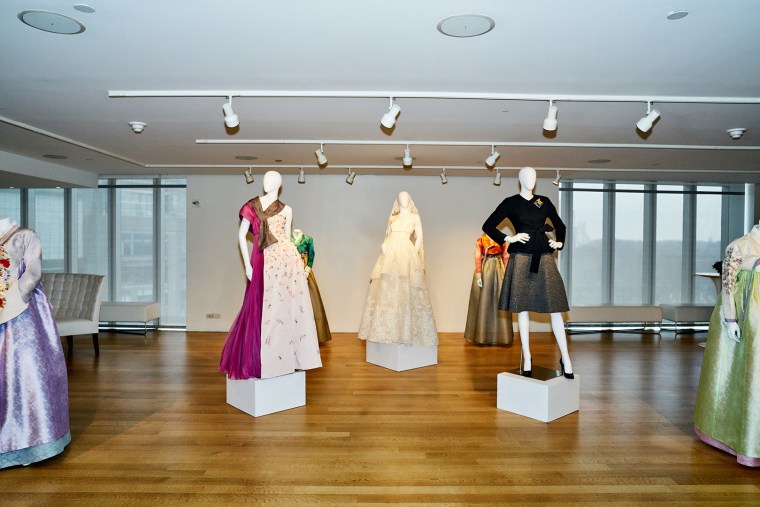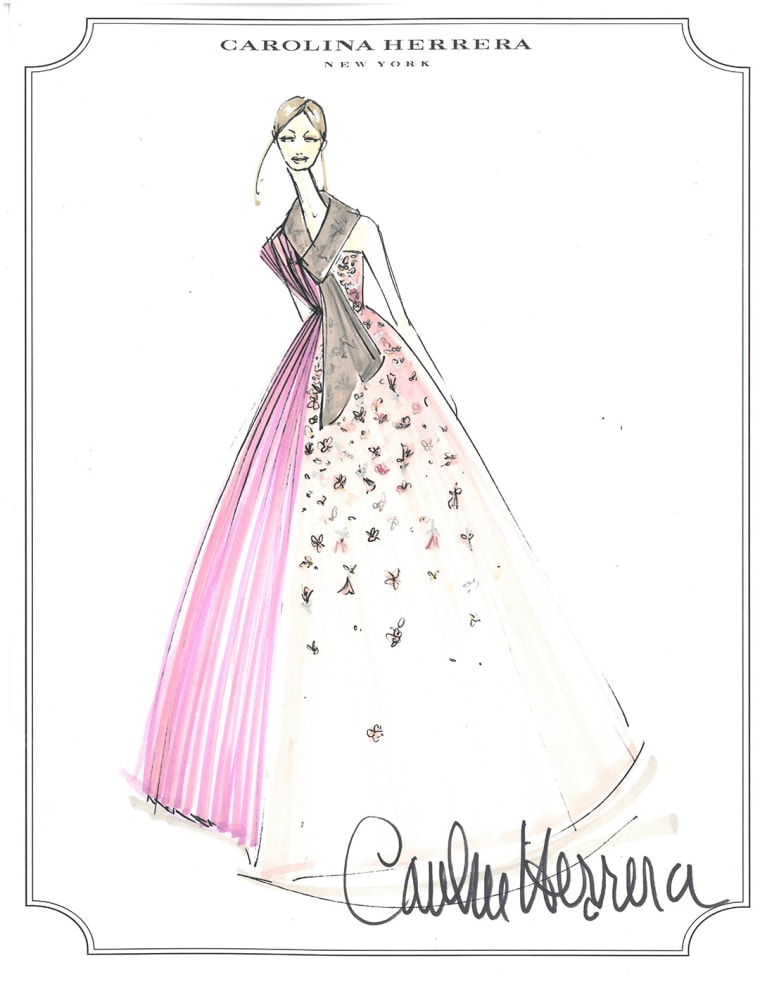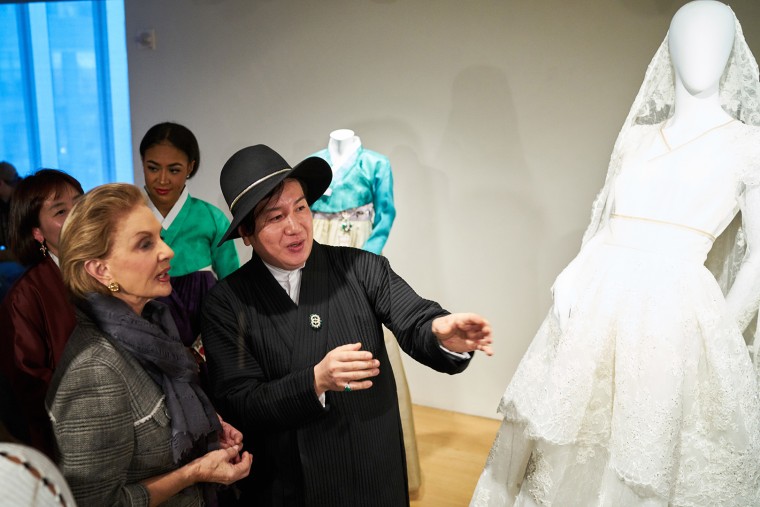The Republic of Korea’s Ministry of Culture, Sports and Tourism and the Hanbok Advancement Center has partnered with internationally acclaimed fashion designer Carolina Herrera to launch a new collaboration around the Korean hanbok in hopesto give it a fresh take.
Merging traditional with contemporary, the project presents three looks that reflect the signature aesthetic of the House of Herrera, while retaining the essence of the traditional hanbok.
“As Carolina Herrera is one of the most sought-after formalwear designers worldwide, it seemed right that we turn to an artist with experience and passion to expand the recognition of our own elegant designs."
“This collaboration was initiated as a way to expand the beauty and grace of the hanbok, effortlessly complimented by designer Carolina Herrera. We chose to collaborate with Herrera, a legendary high-end designer, because of her iconic sophistication and her global influence and customer base. Her elegant aesthetic was a perfect fit for this project,” Jeongcheol Choi, president of the Hanbok Advancement Center, told NBC News.
Exhibited as an installation at the Museum of Arts and Design on Feb. 15, the collection, which were made in-house at the Herrera atelier in New York City, debuted in front of a select audience during New York Fashion Week.
Dating back to the 17th century, the hanbok is the traditional clothing of Korea, worn during formal occasions, festivals, and celebrations, according to the Hanbok Advancement Center. The hanbok’s design has evolved along with the passing generations, though it continues to represent a distinct representation of national identity and cultural customs.

“Traditionally, hanboks are usually purchased at a designer’s atelier and often purchased at birth. When a child is born, a design, called ‘banet jeogori,’ is made from pure cotton, and created for the newborn. Parents keep these cherished gifts and return them to their child as a gift on their wedding day," Choi said. "On the baby’s first birthday, the child wears the hanbok, and the clothing helps to wish her/him good health and a long life filled with luck.”

According to Choi, younger generations of Koreans are beginning to wear the hanbok again. Despite the fact that Western fashion has heavily influenced the style in Korea, the hanbok has risen in popularity in the past two to three years, he said, due to new, updated designs that have appealed to a new audience. Even with the contemporary designs, the looks maintain their high-waist proportion.
Despite its fashion comeback, Choi said that the hanbok is considered a meaningful piece holding sentimental value rather than a fashion item.
After the capsule collection’s unveiling in New York, it will be presented once again in Seoul, South Korea, on Feb. 22 at the Horim Art Center.
“We want the world to be aware of the beautiful traditional Korean dress, the hanbok," Choi said. "As Carolina Herrera is one of the most sought-after formalwear designers worldwide, it seemed right that we turn to an artist with experience and passion to expand the recognition of our own elegant designs. Working alongside Herrera, we hope to reveal the elegant beauty of hanboks to New York and the world.”
Follow NBC Asian America on Facebook, Twitter, Instagram and Tumblr.
